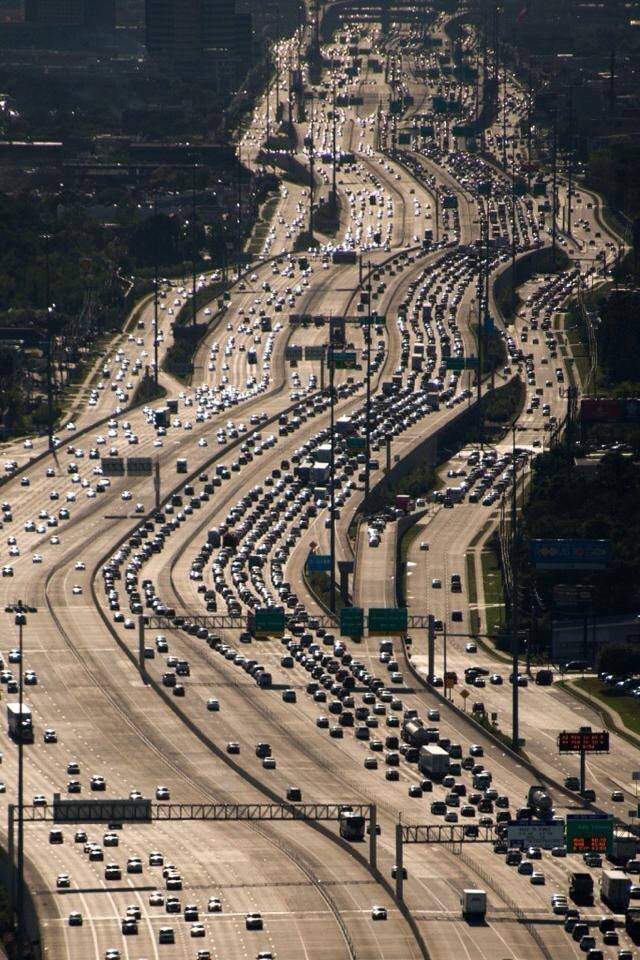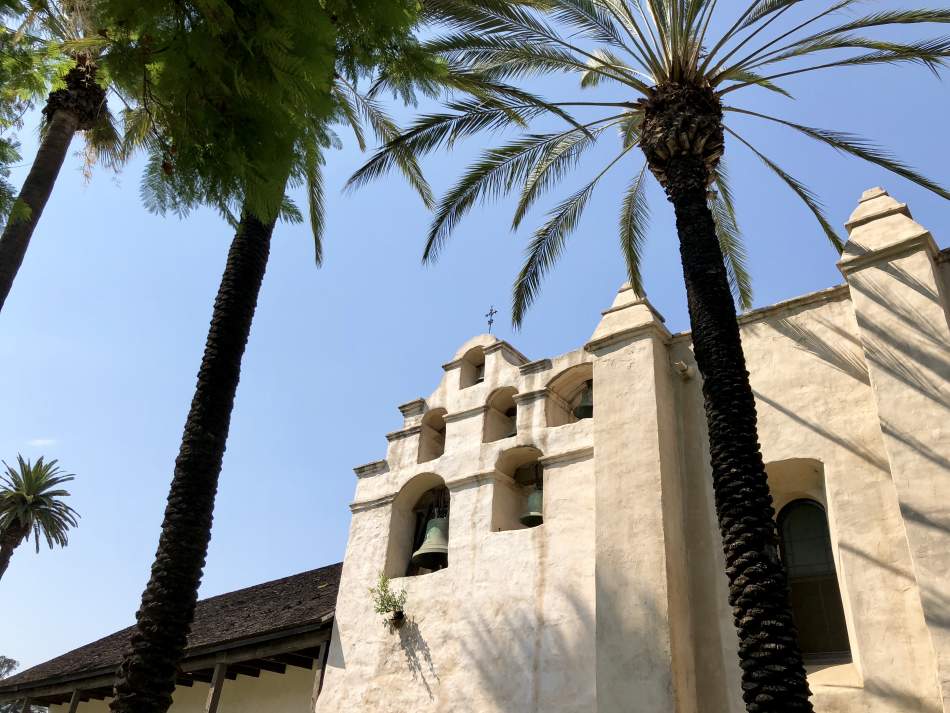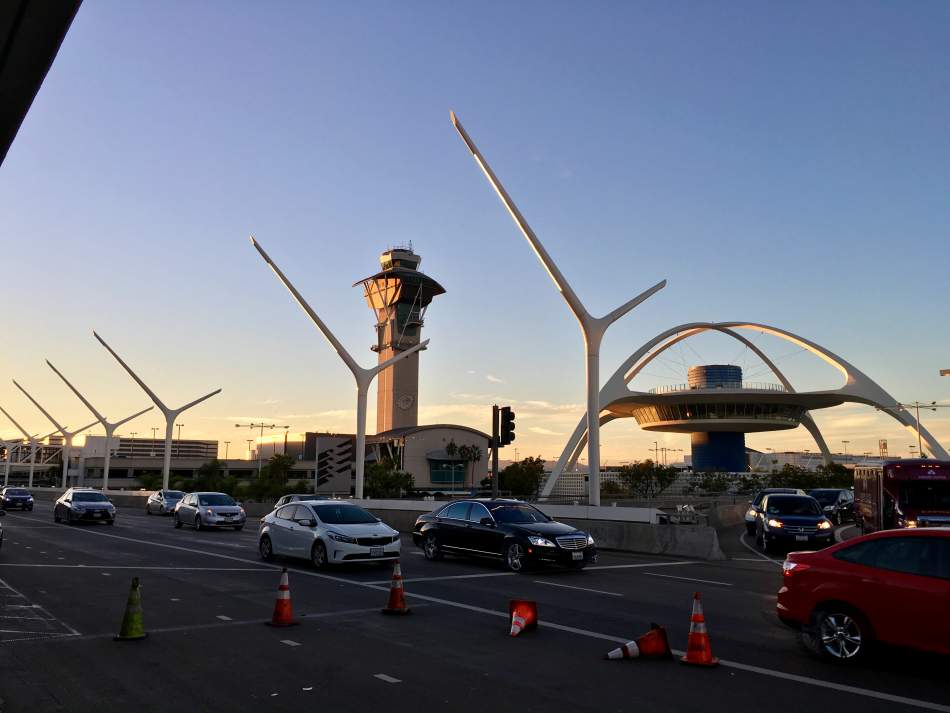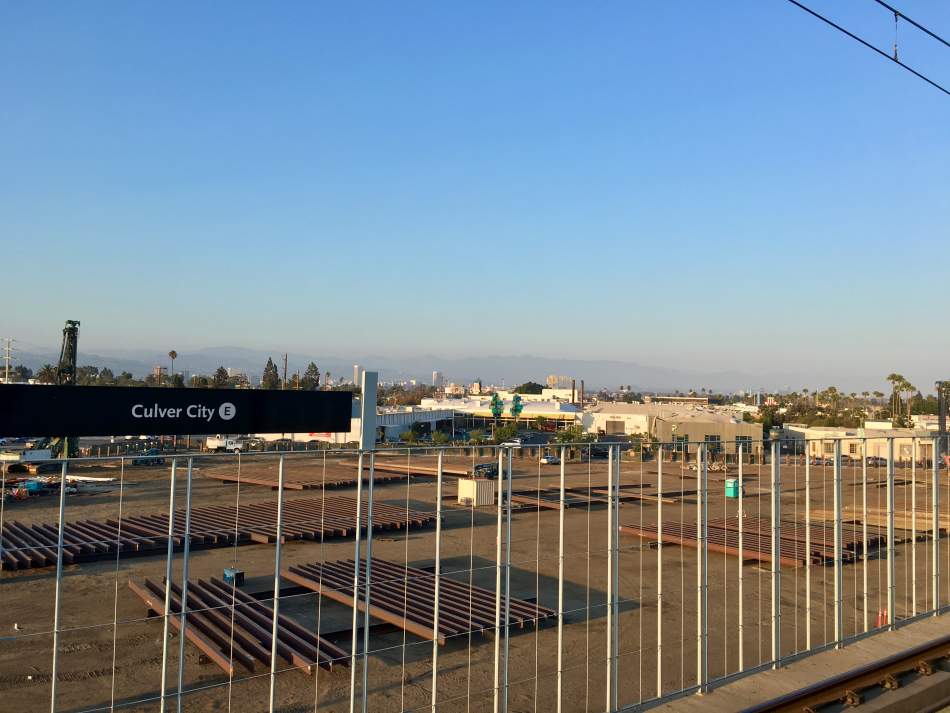Los Angeles is a difficult city to place into any neat categories. To some extent, any place so big defies easy comprehension. But for LA this illegibility goes a bit deeper. Today, there are by and large two main models for successful cities in America. The first is the coastal, urban, liberal city, exemplified by the likes of San Francisco, New York, or Boston. The other is the inland, suburban, conservative city, typically referred to as a “Sun Belt” city, exemplified by the likes of Phoenix, Dallas, or Atlanta. Both have been experiencing strong growth over recent years, while older industrial cities and rural areas have fared less well. The cultural divide behind these two divergent urban forms is often held to be a major contributor to the country’s political/cultural divide broadly.
Many analyses have been written considering the pros and cons of each of these models – but notably, Los Angeles is rarely discussed as an example in any of these pieces. This is because LA does not easily fit either of those categories. It is, in fact, perhaps the only major city in America which is firmly rooted in both worlds. This position makes LA particularly confusing to outside observers, and it causes its fair share of problems in terms of establishing local policies.
Yet, it is this unusual position which gives Los Angeles the unique opportunity to serve as a cultural bridge within America as it progresses into the 21st century. This article evaluates how LA developed in such a distinctive fashion, assesses the problems inherent in this position, and explores how LA’s responses to these challenges can guide the country at large as it experiences similar frictions.
LA’s Hybrid Urban Form
Los Angeles began its life as a major American city in a manner different from almost every other coastal city in the country. While east coast cities were settled mostly by seaborn migrants from Europe, and San Francisco was settled mostly by seaborn migrants from the east coast, most early Angelenos came overland from the middle of the North American continent (and of course from Mexico). The earliest settlements in the region were not on the coast, but 15 miles inland in what is now Downtown LA, and even farther inland at Pasadena, San Gabriel, and San Fernando. Much of LA’s past growth came overland via Route 66. It was as if early Los Angeles were a far-flung inland midwestern city, one which was merely coincidentally located close the coast. Over the course of the 20th century to the modern day, however, the nature of the city evolved dramatically to the point where its coastal inclination is at least as strong as its inland roots.
Boomtown growth in LA from the late 19th to late 20th century was of a pattern we might recognize as being similar to that of today’s “Sun Belt” cities. Indeed, it was Los Angeles that effectively defined the genre. Without the tight constraints of an island or peninsula, Los Angeles had ample land onto which it could sprawl. LA had enough space that it could build a seemingly endless supply of housing for new residents. The city’s biggest growth spurts occurred in the decades after WWII, an era when automobile enthusiasm was at its peak, and the city essentially perfected the freeway-and-subdivision method of development during that time. Today, people move to places like Phoenix or Dallas for cheap housing, more space, less congestion, warmer weather, and jobs provided by a booming economy – precisely the reasons they moved to Los Angeles for most of the 20th century. LA boomed in that manner first, and other cities with ample space and warm weather followed suit over subsequent decades.
Clearly, people are not moving to LA for cheap housing and low congestion today. This is because, over the late 20th and early 21st centuries, LA’s nature as a city changed fundamentally. Affordable housing and open freeways were victims of their own success. The draw of LA’s mid-century formula was so strong than enough people moved here to push up the cost of housing and to fill the city’s roads. The form of the city has become decidedly more urban over recent decades, with the country’s highest population density, least affordable housing market, and booming city center neighborhoods.
LA’s culture has also made a major transition over recent decades. In the early 20th century the city’s biggest industries were oil and manufacturing, and most of its population was white with Midwestern roots. Through the latter 20th century to the modern day, LA’s industry and cultural mix have been evolving such that it resembles America’s coastal urban form to a much greater degree. The creation of the LAX airport and the (man-made) Port of LA in the mid 20th century connected the city to the wider world to an extent unprecedented in local history. The growth of the entertainment industry has given LA a cultural link to just about everywhere around the globe. Over recent decades, Sun Belt industries such as manufacturing, oil, and business services have declined in Los Angeles, while coastal urban industries such as research, engineering, design, and trade have grown. Most strikingly, the local population has been fundamentally transformed by international immigration, making Los Angeles easily one of the most diverse cities in the world.
Thus, today we have a Los Angeles which acts as a hybrid between two worlds. The transformations the city has undergone over recent decades make LA resemble coastal urban cities of America in many respects, yet at the same time its Sun Belt suburban roots run very deep. The region is home to neighborhoods such as Koreatown, which has one of the highest population densities of any place in the country, yet it is also home to vast suburban and exurban tracts which served as the very inspiration for sprawling Phoenix, Dallas, Las Vegas, etc. It is home to Hollywood, a reflexively liberal cultural force, yet also home to the “sagebrush rebellion” against high taxes which has served as one of the primary energizing forces of America’s conservative movement from the 1970s to the modern day.
There is a constant friction between these competing visions of the city. This is most regularly manifested when it comes to land use. People who came to LA because it offered Sun Belt-style amenities lament the weakening of that model every time an apartment complex gets built – it is fundamentally incompatible with the low density required by suburbia to be successful. People who view LA in the mold of other coastal cities such as New York or San Francisco believe that it needs that greater density and transit development to maintain a healthy urban form. Friction between these competing visions is a large part of what makes land use and planning in LA so contentious as compared to other cities.
LA as a Lab for 21st Century America
LA’s identity crisis makes the city messy and inconsistent, but it also provides a clash through which the future of America may be defined. In many respects, the challenges and opportunities Los Angeles faces today are those which America will be facing in the not-too-distant future.
America’s ethnic makeup has been becoming more diverse for at least the past half-century, and despite rhetoric from the current government administration, it will continue to do so over coming decades. Most analyses expect that America will be less than 50% white by 2050. Anxiety surrounding this prospect has motivated a lot of political behavior over recent years.
Yet, this is not such an uncharted territory. California has been ‘majority-minority’ for almost 20 years, and in the LA area only about â of residents are white. There have certainly been tensions between ethnic groups in LA. In the ‘90s, debates over immigration in the state resembled those taking place nationally today. California voters overwhelmingly approved Proposition 187 in 1994, for example, barring undocumented immigrants from most social services, including public schooling. It would be difficult to imagine something of that sort gaining widespread support in California today. As the years progressed, immigrants assimilated into the local culture to a greater extent, and the local culture grew more accepting of them.
Ethnic relations in Los Angeles are less than perfect, but LA has led the country in creating the cultural framework through which recent migrants have been accepted. Along the lines laid out by the late food writer Jonathan Gold, the local culture has become one where different migrant groups are celebrated for their distinctive contributions to the city’s cultural life. This is similar to the means through which prior waves of immigrants were accepted into the country, where Italian pizza became an American staple and German apfelstrudel became ‘as American as apple pie’.
From an economic perspective, the challenges and opportunities Los Angeles is facing today are also similar to those America will face at large in the near future. Broadly, economic opportunities for those with the skills to take advantage of them are expanding dramatically. Hollywood is putting out new content at a blistering pace, a product of the subscriber wars between the new streaming providers. LA remains the top destination for aerospace research in the country. And the tech economy is coming into its own, with major firms opening large Silicon Beach offices.
But, the abundance of relatively low-skill jobs which used to characterize the region (particularly in aircraft, automotive, and fashion manufacturing) has collapsed over the past three decades. Automation and outsourcing have had the same effect in this coastal city as they had in the Rust Belt – though of course globalization has been a boon for the Ports of LA and Long Beach, which together account for almost half of America’s international imports. Defense budget cuts at the end of the Cold War were particularly tough on the local manufacturing sector. Moreover, many businesses, especially those which do not rely on the particularities of LA’s local workforce or economy, have relocated to lower cost places such as Texas. The clerical and middle management jobs they once provided have left with them.
These are nationwide problems of course, but their proximity is unusually close in the Los Angeles area. This dichotomy has led to a litany of problems locally. The most prominent is clearly cost of housing, which continues to rise across the region as the result of stagnant supply in the face of rising wages and population. The problem is exacerbated by the fact that wages are mostly rising for higher skilled residents and migrants, which leads to more acute gentrification. Meanwhile, lower skilled residents have seen little wage growth, and are moving in great numbers to solidly Sun Belt places such as the Inland Empire, Las Vegas, Phoenix, and Texas – places which were not coincidentally built as visions of LA’s past.
Therein lies the problem as we look to LA today as a predecessor to the country in the near future. As ever more people move to modern Sun Belt cities, they will ultimately run up against the same suburban structural challenges LA has experienced – traffic and expensive housing. Where will those who cannot afford these places move to next? Will some cities which are small today experience their own Sun Belt-style booms a few decades from now to accommodate the overflow? It is possible.

But perhaps all of this growth can be handled more efficiently, both in terms of preserving economic clusters and existing communities and in terms of environmental impact. This can be achieved by allowing today’s Sun Belt cities to urbanize and densify as they grow, providing housing more efficiently for an expanding population. It is a process LA has embraced to an extent over the past decade, even if some are less than thrilled.
Conclusion
If Los Angeles can successfully address the challenges it faces today, it can serve as a model for the rest of America as it faces very similar challenges tomorrow. LA is one of the country’s first ‘majority-minority’ cities, and it has responded to this position to varying degrees of success over the past few decades. The cultural norms and methods of integration that LA is pioneering today may be adopted more widely across the country tomorrow as it grows ever more diverse.
LA was the country’s first Sun Belt boomtown. In the latter half of the 20th Century, it boomed so much that its suburban form choked on its own success – with open freeways and cheap land giving way to legendary traffic and the least affordable housing market in the country. In response, Los Angeles has concentrated its future growth inward, developing density in the more urban parts of the region.
Today’s low cost and low congestion Sun Belt cities won’t remain that way forever. Ultimately, they’ll run up against the same growth constraints. It will be essential that Los Angeles can figure its way out of this trap, creating the blueprint for America’s next stage of growth.
Jason Lopata works as a land use consultant with Craig Lawson & Co., LLC, helping real estate development projects in LA navigate the city approvals process. Jason previously spent time on the Business Team of LA Mayor Eric Garcetti. He also writes articles on globalization and urban development for Stratfor, the geopolitical analysis website. Jason received his bachelor’s degree from Stanford University and completed programs of study at the University of Oxford and at UCLA’s Anderson School of Management. While at Stanford, he founded and led the student real estate organization, and authored his senior thesis on Los Angeles development over the past 30 years.










